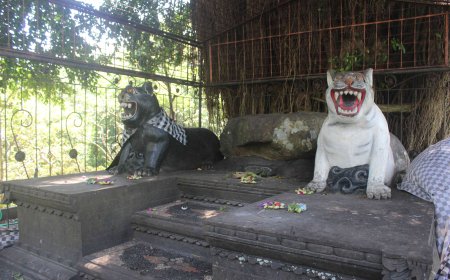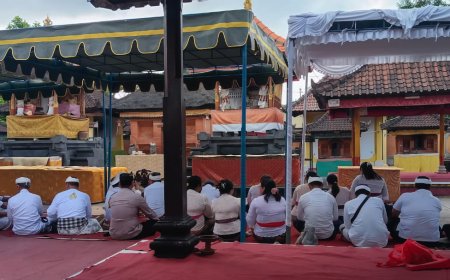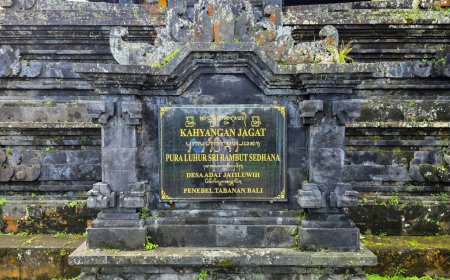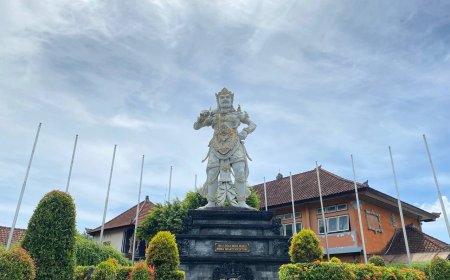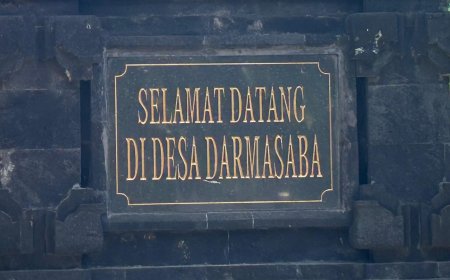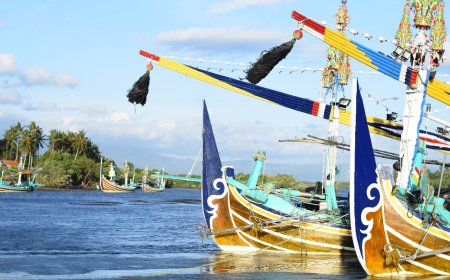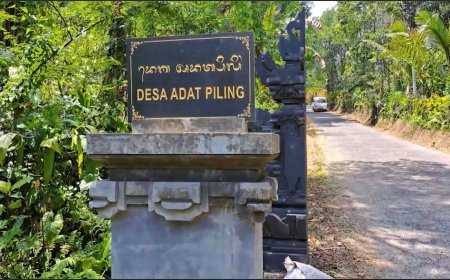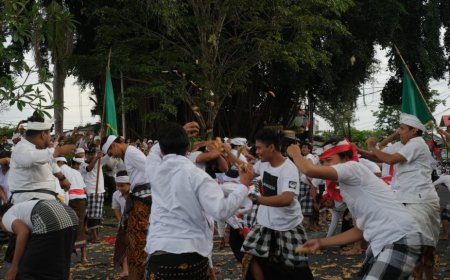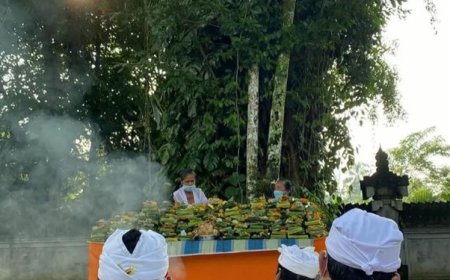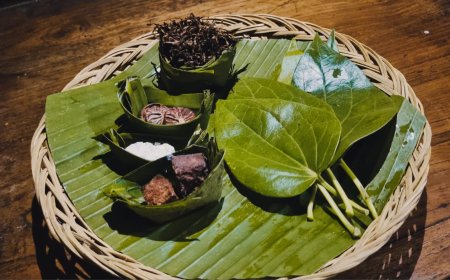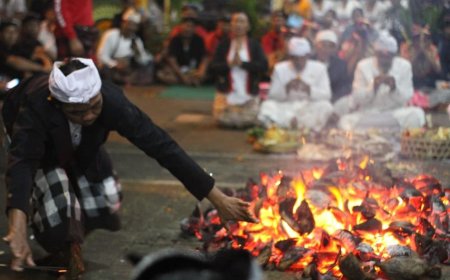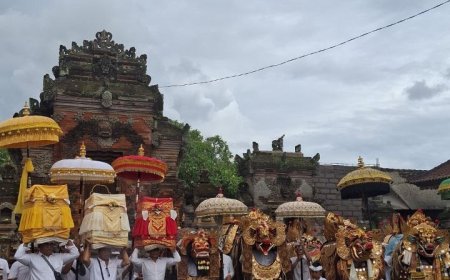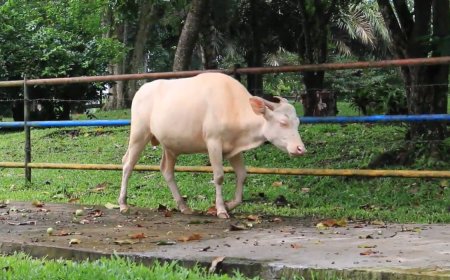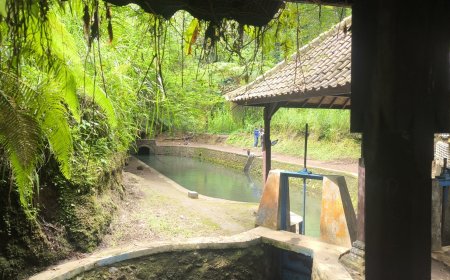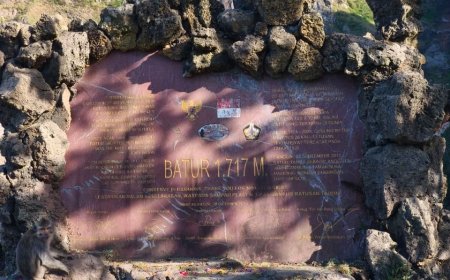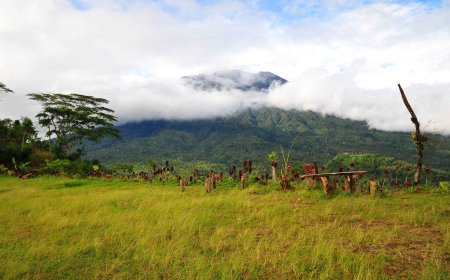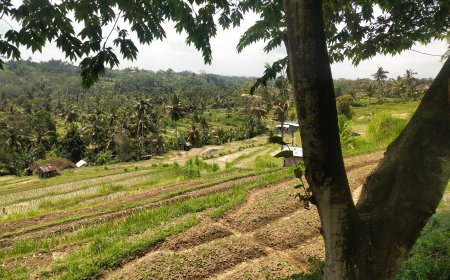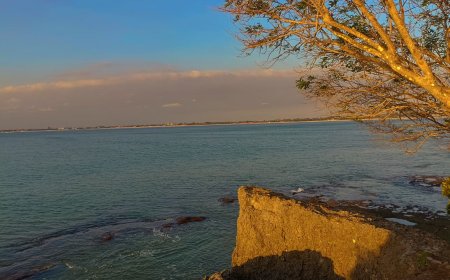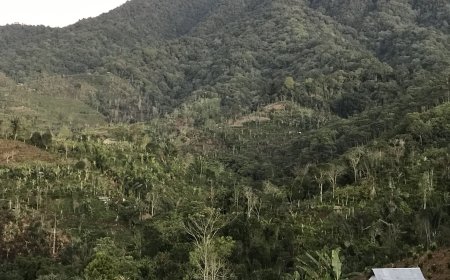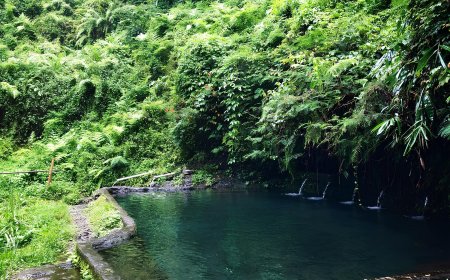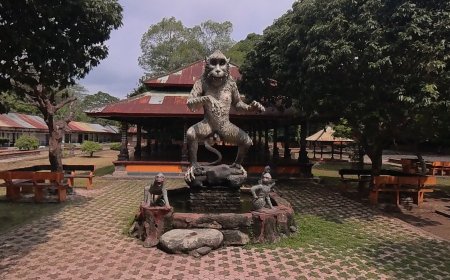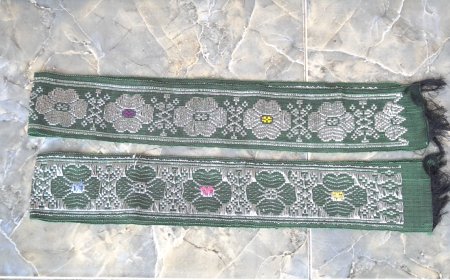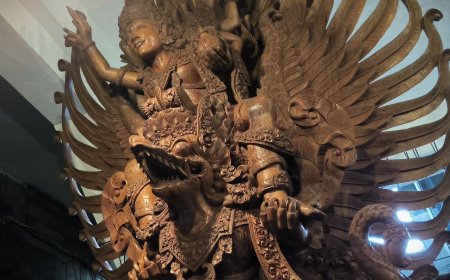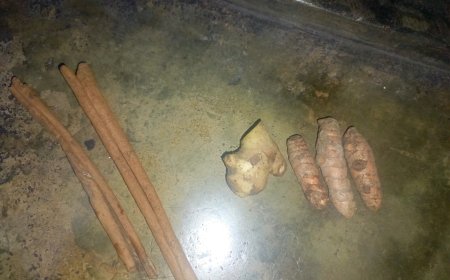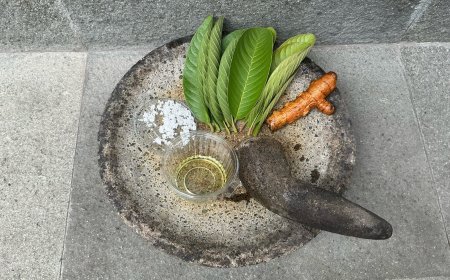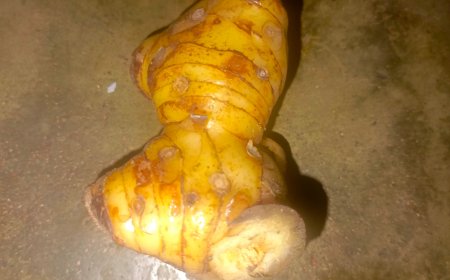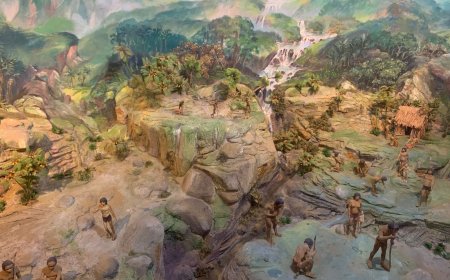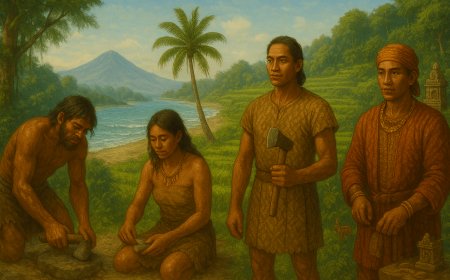The Ancient Civilization of Gilimanuk: The Prehistoric Homo Sapiens Civilization in Bali.
At the western tip of Bali lies an ancient tale of early human life in Gilimanuk, a place where the first traces of civilization began to emerge. From this quiet land, archaeologists have uncovered human skeletons, stone tools, metal artifacts, and sarcophagi that tell the story of how people once settled here and lived with deep beliefs in nature and ancestral spirits. These discoveries stand as silent witnesses that long before the rise of kingdoms, Bali had already nurtured a civilization rich in culture and spirituality.

At the western tip of Bali Island, precisely in Gilimanuk, lies a long and fascinating story about the journey of prehistoric humans who once inhabited this land. The region, now known as the main gateway to Bali from Java, holds immense archaeological significance. The discovery of various remains such as human skeletons, stone tools, metal artifacts, and a burial system using sarcophagi provides solid evidence that a form of social and cultural life had developed in Gilimanuk long before the era of writing was known. These traces reveal how the community of that time had already settled permanently, relied on nature’s resources, and possessed a belief system and social structure that were relatively well-organized. The discovery of the Gilimanuk site serves as one of the key elements in understanding how civilization in Bali began and evolved over time.
Human Skeletons at the Gilimanuk Museum Site (Source: Personal Collection)
The Gilimanuk site is one of the most important archaeological discoveries in Bali, offering a clear depiction of human life in prehistoric times. Various artifacts and human remains found in this area indicate that Bali had been inhabited by humans long before the appearance of writing systems. Research conducted by the renowned Indonesian archaeologist R.P. Soejono revealed that several human skeletons unearthed at Gilimanuk belonged to the Mongoloid race. Based on carbon dating and soil layer analysis, these remains are estimated to date back to around 200 CE. This discovery provides evidence that the Gilimanuk area served as a permanent settlement for humans with a relatively advanced level of culture for its time.
Apart from the discovery of human skeletons, one of the most fascinating aspects of the Gilimanuk site is the burial practice involving the use of sarcophagi or stone coffins. The deceased were placed in a fetal position, symbolizing a spiritual belief in the life cycle — returning to the posture of one’s birth. This burial system was not practiced for everyone but only for individuals of high social standing within the community. This indicates that the people of Gilimanuk had already developed a stratified social system and recognized respected leaders, even though they had not yet reached the level of a formal kingdom.
Sarcophagus at the Gilimanuk Archaeological Museum (Source: Personal Collection)
The form of governance in Gilimanuk during that period was still tribal in nature, with a tribal chief serving as the highest authority. The chief played an essential role in regulating social life, coordinating agricultural activities, and preserving the community’s spiritual traditions. There is no evidence of a larger political structure such as a kingdom, indicating that Gilimanuk society lived in a simple yet well-organized communal system.
Moreover, the burial practices in Gilimanuk also reveal social class distinctions. Ordinary people were buried more simply, without sarcophagi. They were laid directly into the ground, surrounded by pottery containing objects believed to be useful for the soul in the afterlife. These pottery artifacts, many of which are now preserved and displayed in the Bali Museum, provide valuable insights into the spiritual life and religious traditions of prehistoric communities in the region.
The Environment Around the Gilimanuk Museum (Source: Personal Collection)
Natural factors also played a major role in making Gilimanuk an ideal settlement for ancient humans. The area’s fertile soil, strategic geographic location near the estuary, and easy access to food sources from both land and sea made it a favorable place to live. These conditions allowed the Gilimanuk community to settle permanently, cultivate crops, and develop tools to support daily activities.
The development of stone tools in Gilimanuk illustrates the long journey of cultural evolution over time. In the early stages, during the Paleolithic period, crude choppers were discovered — tools that reflect a simple lifestyle dependent on nature. Entering the Mesolithic era, stone tools began to be crafted more finely and with greater sharpness, demonstrating improved human skill in utilizing stones for hunting, cutting wood, and processing food.
During the Neolithic era, the people of Gilimanuk had already created more refined, efficient stone tools. The discovery of polished oval axes from this period indicates significant progress in toolmaking technology and reflects humans’ growing need for efficiency in work. The peak of technological advancement occurred during the Bronze Age (Perundagian period), when metal tools such as spearheads and bronze jewelry were found. These discoveries prove that the people of Gilimanuk had mastered metallurgical techniques, including the casting of metals such as bronze.
Square Axe from the Neolithic Period (Source: Personal Collection)
However, the Gilimanuk culture cannot be considered representative of all prehistoric cultures in Bali. Around the same time, various other communities across Bali developed their own distinctive cultural characteristics. For instance, in eastern Bali, unique sarcophagus burial systems were discovered, displaying specific motifs and symbolism that reflect local belief systems. Some sarcophagi now housed in the Bali Museum exhibit designs and carvings that indicate an evolving spiritual understanding of death and the afterlife.
Overall, the Gilimanuk culture represents the life of Mongoloid communities who lived simply, with limited intercultural interaction. Their belief system was rooted in animism and dynamism — the conviction that every object, plant, and natural element possessed a spirit or spiritual force influencing human life. Such beliefs became the foundation for many rituals and traditions practiced by the prehistoric people of Gilimanuk and later evolved into the religious systems that would shape Balinese spirituality in subsequent eras.
The Gilimanuk site stands as one of the most significant archaeological legacies in Bali, offering a comprehensive portrayal of prehistoric human life in the Indonesian archipelago. Through the discovery of human remains, stone and metal tools, and sarcophagus burials, it can be concluded that the Gilimanuk people had achieved a fairly advanced cultural level. They lived as settled agriculturalists, organized into tribal societies, and upheld deep spiritual beliefs in nature and the afterlife.
Advancements in stone and metal toolmaking demonstrate that the Gilimanuk community experienced a long process of cultural evolution — from the Paleolithic, Mesolithic, and Neolithic eras to the Bronze Age. The fertile land and strategic location made Gilimanuk a vibrant center of prehistoric human activity and innovation.
Although still simple, the civilization of Gilimanuk marks the beginning of Bali’s cultural identity, which would later grow more complex during the era of kingdoms. From animistic and dynamic belief systems, burial traditions, to tribal social structures, all of these elements reflect how the community of that era lived in an organized and spiritually rooted manner. Thus, the Gilimanuk culture is not merely a silent witness of the past but also a fundamental cornerstone for understanding the long journey of Balinese civilization from prehistory to the present day.
Sources:
· Interview with Made Reisa Anggarini, S.S., Museum Manusia Prasejarah Gilimanuk, under the supervision of: Bidang Adat Tradisi dan Warisan Budaya, Dinas Pariwisata dan Kebudayaan Kabupaten Jembrana.
· Ardika, I. W., Parimartha, I. G., & Wirawan, A. B. (2018). Sejarah Bali dari Prasejarah hingga Modern. Denpasar: Udayana University Press.
· Soejono, R. (1977). Sarkofagus Bali dan Nekropolis Gilimanuk. Jakarta: Proyek Pelita Pengembangan Media Kebudayaan Departemen P & K.
